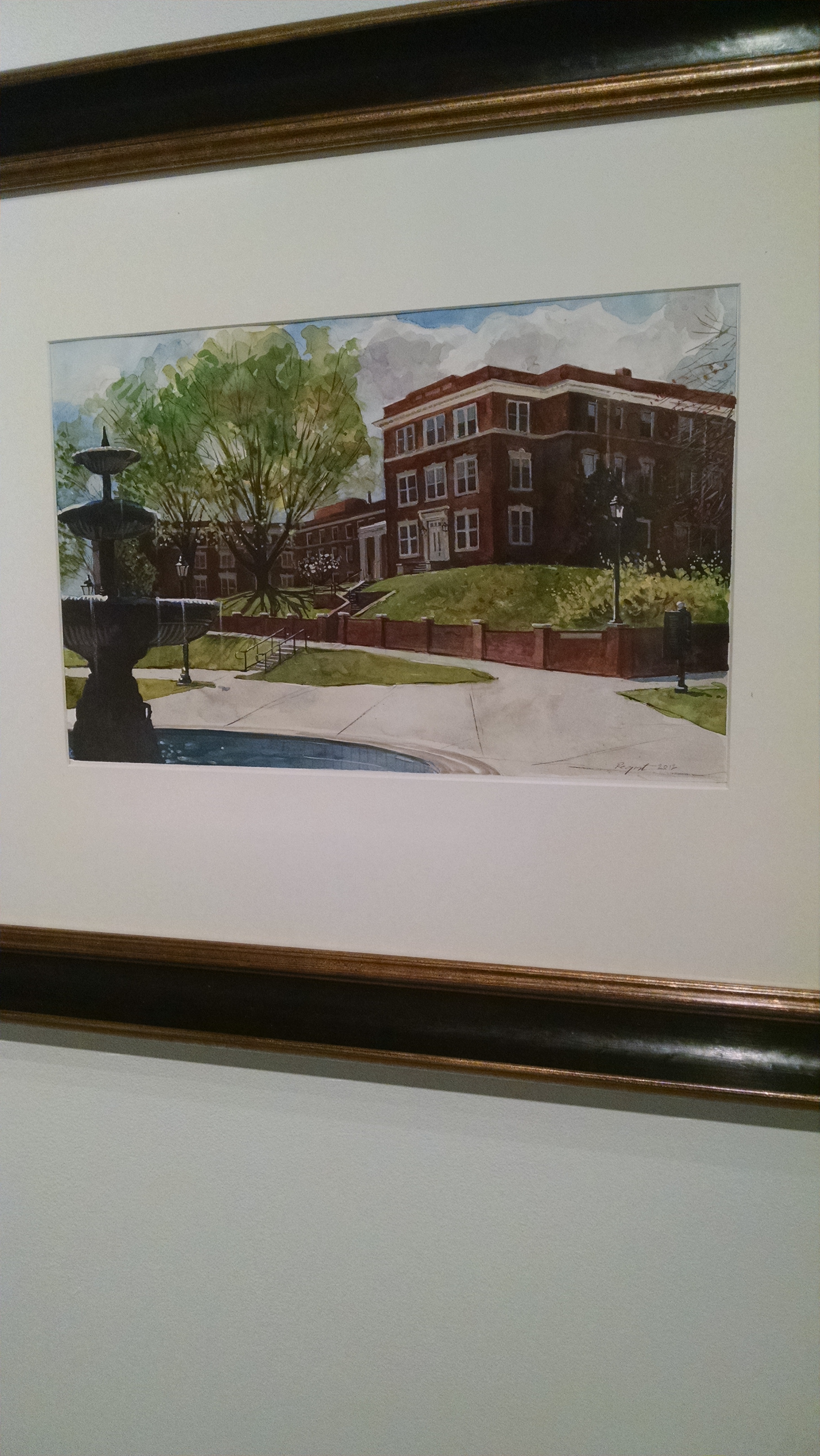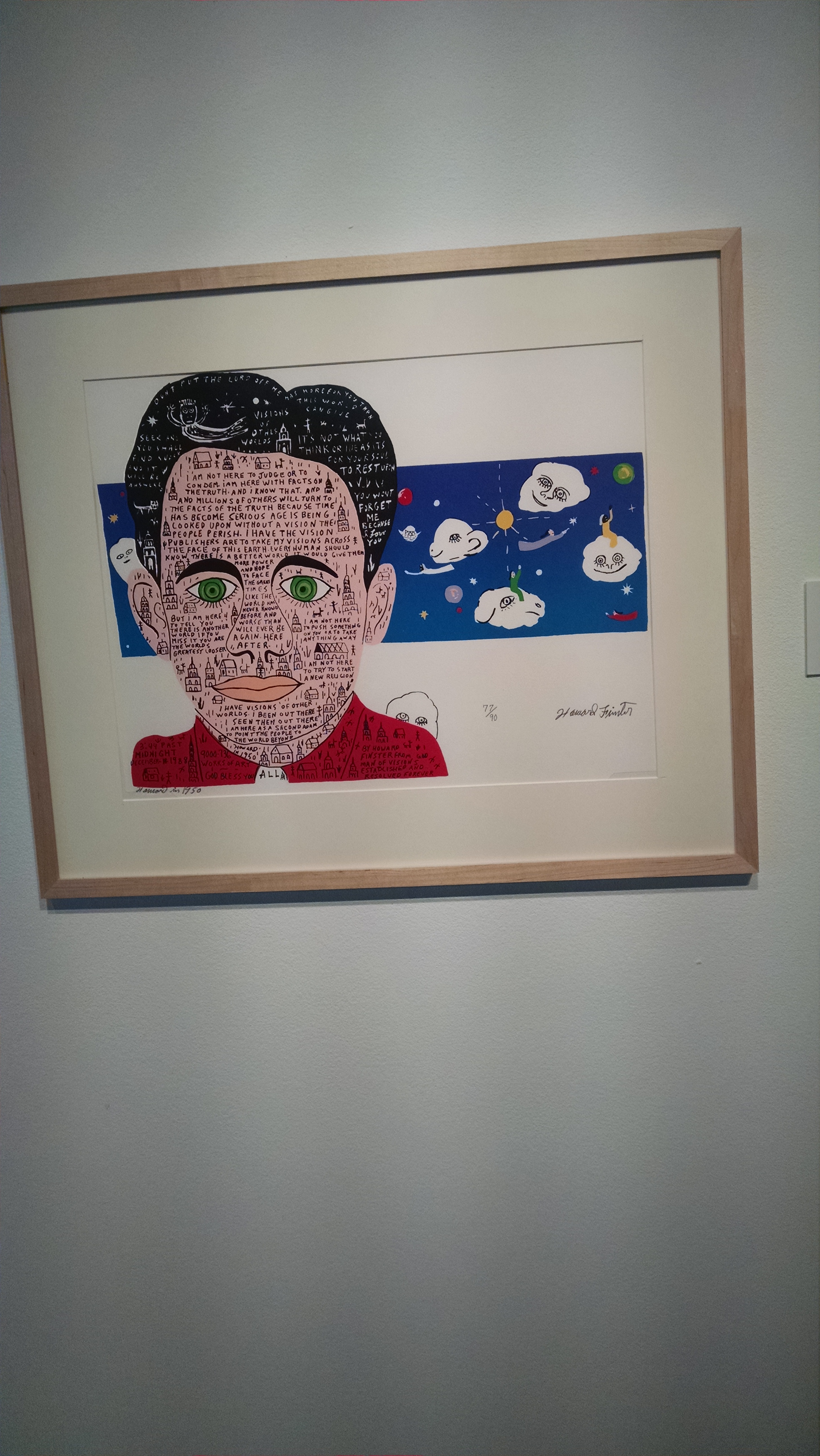As a group we have came up with a game plan to create a facebook, website, business cards, and other marketing materials for a photographer’s personal business. We have discussed designs and looked into ideas from other photographers’ marketing materials. We discussed the way in which we want to portray the photographer so that his materials appear to be professional and clean cut as his business is growing.
Tuesday, Nov. 17 (Meet to divide up work more so than we have already, decide what to have ready for next meeting)
Thursday, Nov. 19 (Meet to decide what to have ready for Monday, ask final questions for client opinion and suggestions, be ready and prepared to bring in successful work to Monday’s meeting)
-Possibly meet over weekend if necessary, otherwise work independently while staying in touch via text and google doc.
Monday, Nov. 23 (Meet to compare and compile final drafts and work out how we will present)
Tuesday, Nov. 24 (Usability testing- have drafts complete for presentation. Final edits to be made after this date)
I am personally going to work on the photographer’s media presence as well as any of the written marketing materials to ensure that they come off as professional as possible and are formatted correctly. I will also collaborate with Dana and Kayla to make sure our efforts are consistent.




